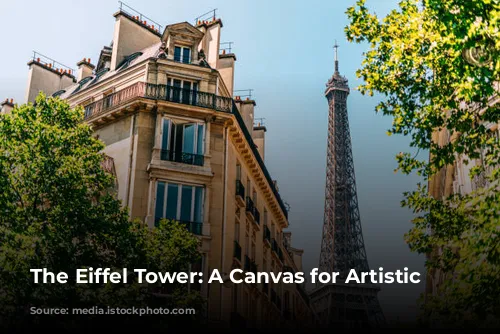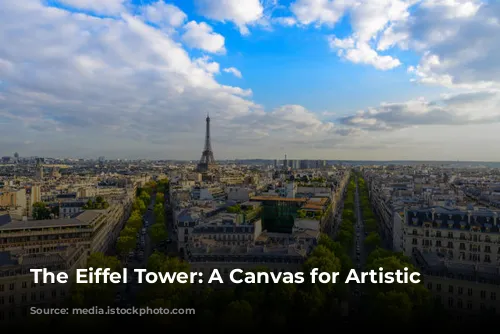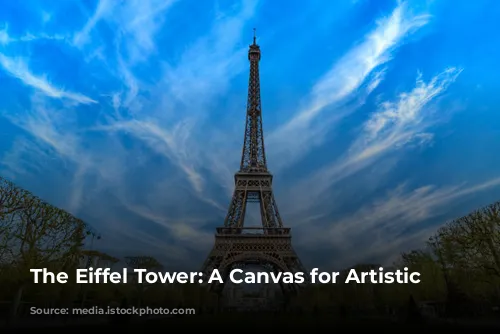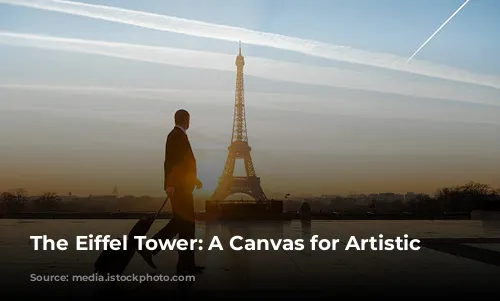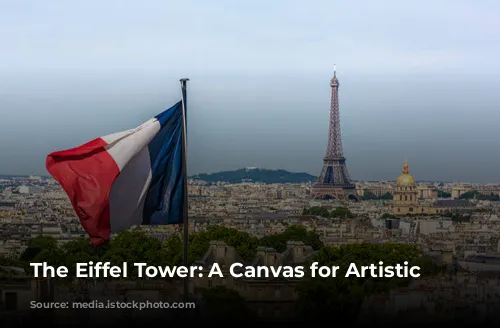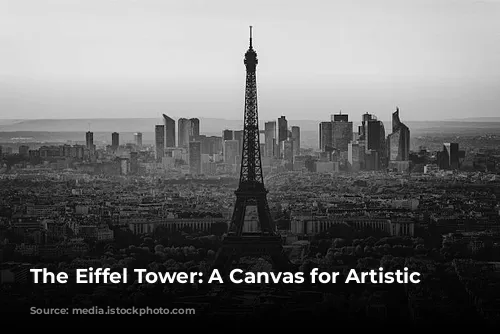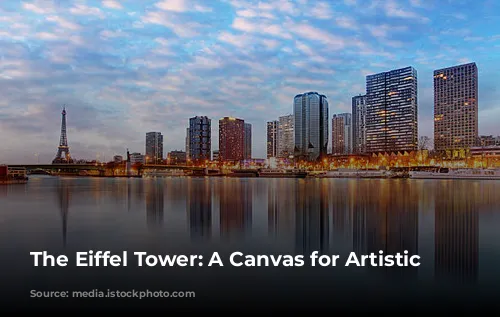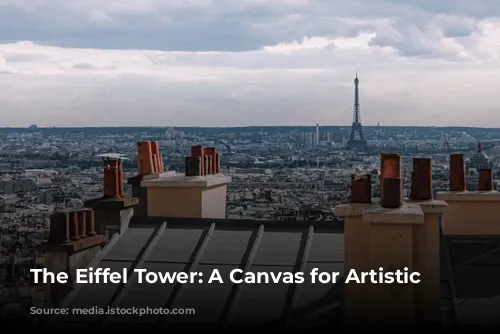The Eiffel Tower, a towering symbol of France, stands as a testament to architectural ingenuity. Erected in 1889 to grace the Paris International Exposition, this majestic structure served as a captivating centerpiece for the World Fair, commemorating the centennial of the French Revolution. While the tower initially sparked controversy, its grandeur quickly captivated the hearts of European artists, who sought to capture its essence on canvas.
Masterpieces in Metal
Paul Louis Delance, Georges Seurat, Paul Signac, and Henri Rousseau were among the first artists to immortalize the Eiffel Tower’s modern design. Robert Delaunay and Marc Chagall were particularly drawn to this symbol of progress, incorporating it frequently into their works. Other notable artists, including Maurice Utrillo, Raoul Dufy, Fernand Léger, Diego Rivera, Max Beckmann, and Christian Schad, also found inspiration in the tower’s unique presence. The Eiffel Tower, with its intricate structure and towering height, provided a captivating subject for artists, each interpreting its presence through their distinct styles, from pointillism to expressionism, orphism, cubism, and abstraction.
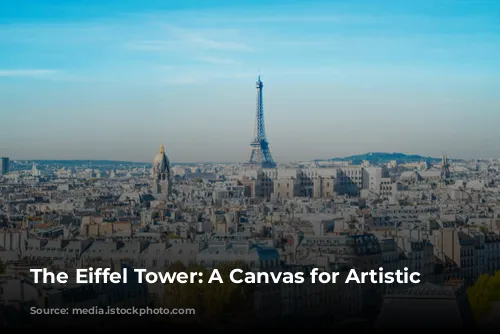
A Legacy of Engineering Prowess
The 19th century witnessed a remarkable era of bridge construction in Oporto, Portugal. Stanislas Bigot, Gustave Eiffel, and Théophile Seyrig, three brilliant engineers, left an indelible mark on the city’s landscape with their daring designs and innovative techniques. Their legacy continues to inspire future generations of engineers, demonstrating the power of human ingenuity to overcome seemingly insurmountable challenges.
The Maria Pia Bridge: A Triumph of Engineering
The Maria Pia Bridge, spanning the mighty River Douro, connected Oporto to Gaia, forging a vital link between these cities and ultimately to Lisbon. Constructed in 1877, this remarkable bridge was a bold endeavor for its time, boasting the world’s largest arch span. Its exceptional design earned it the prestigious International Prize for civil engineering works in 1990, a testament to its lasting impact.
The Luis I Bridge: A Masterpiece of Iron Architecture
Just a few meters from the site of the old Suspension Bridge, the Luis I Bridge stands as another masterpiece of 19th-century engineering. Supported by a massive iron arch and five sturdy pillars, the bridge features two decks, showcasing the architects’ meticulous attention to detail. The arch, formed by two diverging parabolic curves, spans an impressive 172 meters, holding the record for the world’s largest iron arch, a testament to the remarkable engineering prowess of the era.
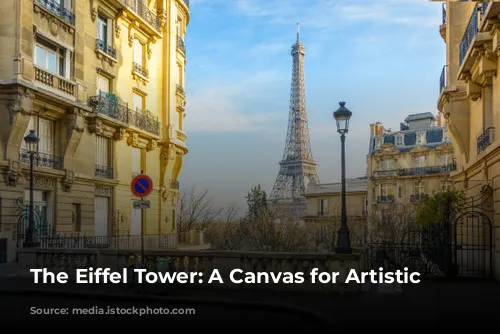
From Tradition to Technology: Rethinking Steel Lattice Structures
The evolution of architectural design, particularly in steel lattice structures, highlights the interplay between traditional techniques and modern computational approaches. From the innovative work of Vladimir Shukhov, who pioneered the use of standardized elements in double-curved surfaces in the late 19th century, to the digitally-driven designs of contemporary architects like Norman Foster and Frank Gehry, this field continues to evolve.
The Past: Standardization and Tessellation
Vladimir Shukhov, a visionary Russian engineer, revolutionized steel lattice construction by introducing the tessellation method, using simple standardized elements to create complex double-curved surfaces. This innovative approach allowed for efficient construction and provided a model for future engineers.
The Present: Computational Design and Irregular Units
Today, architects like Norman Foster and Frank Gehry leverage the power of computational tools to bring complex geometries to life. These tools enable them to manipulate irregular units, resulting in stunning and intricate structures. This shift towards computational design offers new possibilities for architects, pushing the boundaries of what is possible in steel lattice construction.
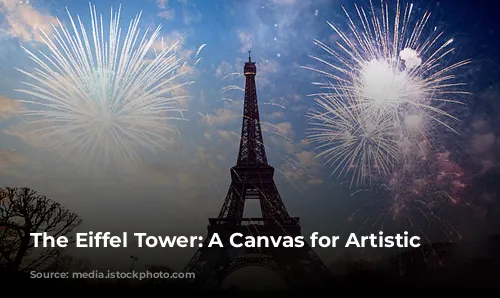
A Cinematic Tapestry of Parisian Life
The 1965 omnibus film Paris vu par… (Paris Seen by…) offers a fascinating glimpse into the diverse and captivating facets of Parisian life. This transauthorial production, featuring individual contributions from prominent directors like Claude Chabrol, Jean-Luc Godard, Eric Rohmer, Jean Rouch, Jean Douchet, and Jean Daniel Pollet, provides a rich tapestry of perspectives on the French capital.
A City of Many Stories
Paris vu par… utilizes a unique narrative structure, with each episode set in a different district of Paris, introduced by expository captions identifying the location and filmmaker. This modular approach, drawing inspiration from the writings of Walter Benjamin, Tom Conley, and Naomi Schor, effectively captures the diverse tapestry of Parisian life, reflecting a sense of representational wholeness, despite its metonymic slippage into modularity.
A Cinematic Exploration of Place and Narrative
This film explores the intricate relationship between the topographical and sociopolitical elements of Paris and the aesthetic and narratological elements of cinematic storytelling. By examining how the film’s ingredients, from its diverse locations to its diverse perspectives, contribute to its overall narrative, the author highlights the concept of “postcard cinema” – a cinematic style that captures the essence of a place and presents it through a series of interconnected narratives.
